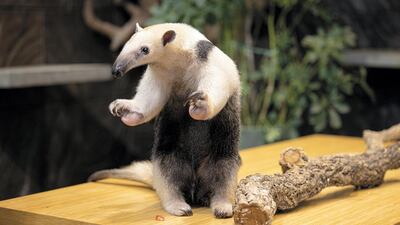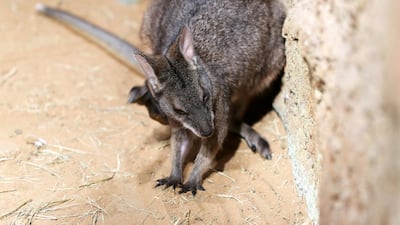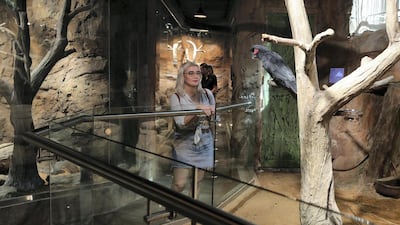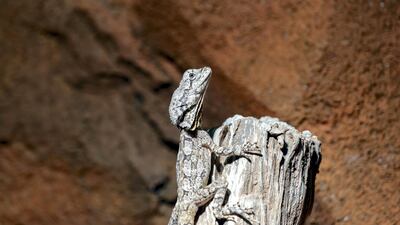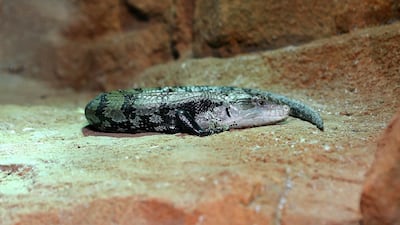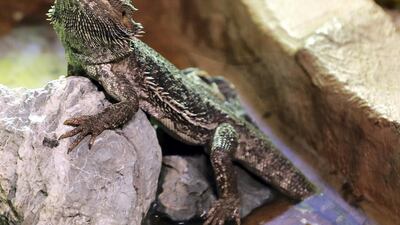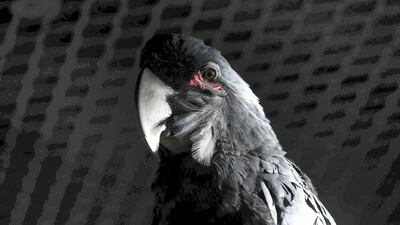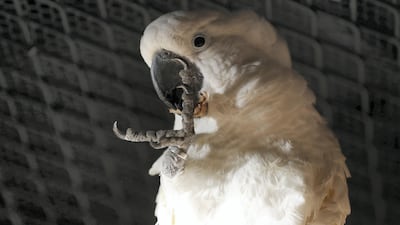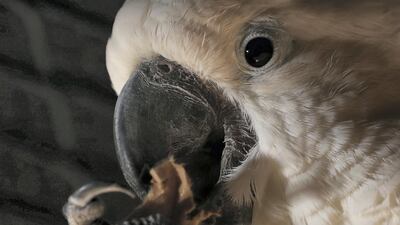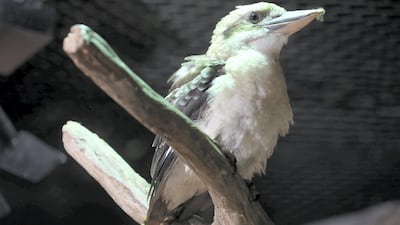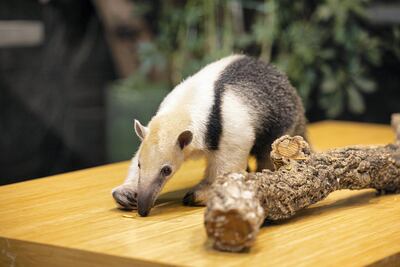Dubai attraction The Green Planet is home to more than 3,000 flora and fauna, and it's forever expanding its family.
Last year, the conservation team welcomed a couple of abandoned slow loris. A few weeks later, animals such as the Goanna lizard, wallabies and the carpet python were showcased as part of an exhibition on Australia's vast array of ecosystems.
In 2020, the indoor rainforest bio-dome, which officially reopened amid the coronavirus pandemic on June 1, has introduced the UAE's first tamandua, a small type of anteater.
Take a look through the photo gallery below to see more of The Australian Walkabout at The Green Planet:
The little anteater, who has yet to be named, has been with the team for one month now and has been spending most of his time in lockdown being homeschooled, a bit like much of the venue's young customer base.
He's only 2 years old, so he's currently learning how to voluntarily walk into his crate, stand on a scale and stay still so biologists can do the required full body inspections.
Where did the little guy come from?
He-who-has-yet-to-be-named was born under human care at a zoological facility in Eastern Europe, but it was decided that The Green Planet's bio-dome would be the perfect place for a tamandua anteater to thrive.
"A very long process goes into the planning and decision-making of bringing a new animal to join The Green Planet family," a spokesperson explains. "The curatorial team works with international accredited and responsible zoological facilities to find the perfect new member for our family. This was the case with this little guy."
It was felt that the creature would also play an important role in educating UAE animal lovers on how they can help save and protect the environment.
Before he was transported, however, it was imperative for the Green Planet team to establish a regular food source within the region. "We communicated closely with the anteater's former veterinary and care team to learn all about his history – medical, current diet, current routines – so that the transition could be as smooth as possible for him.
"We then worked with both the UAE government and those overseas to create all of the necessary documentation and permissions to bring this little guy to his new home."
There was a short introduction period, as the team spent the first couple of days making sure the critter was eating and drinking regularly, and that he was feeling comfortable in his new surroundings.
"This little anteater settled in right away. He was already climbing on biologists and rolling around for scratches and attention the first night he arrived. We couldn't have been more thrilled."
Is the tamandua endangered?
This type of anteater is actually listed as "least concern" on the International Union for Conservation of Nature's red list, which means the species is stable and not in any immediate danger.
But The Green Planet now plans to breed the creatures and "be the new home for the region's first tamandua anteaters".
The biologists also plan to set up an interaction programme, allowing visitors to meet and greet the animal.
The attraction is also famously home to a couple of sloths, which are close relatives to the tamandua. They are similarly solitary mammals, known for being curious, cute and a bit lazy.
"Two seconds into meeting him and you are left wondering how you ever lived in a world where you didn't realise this little guy existed," Sara Stevens, a curator and manager at The Green Planet, said in a statement. "He has such a gentle and inquisitive nature."
Here are some other fun facts about the tamandua, as shared by The Green Planet team:
- They are part of the suborder vermilingua, which literally means "worm tongue".
They are arboreal (live in trees) and are typically found throughout South America.
- Their diet is made up mostly of insects, honey and fruits. However, The Green Planet's new family member is also a huge fan of avocado, tomatoes and bananas.
- The average lifespan of anteaters is between 10 and 14 years.
